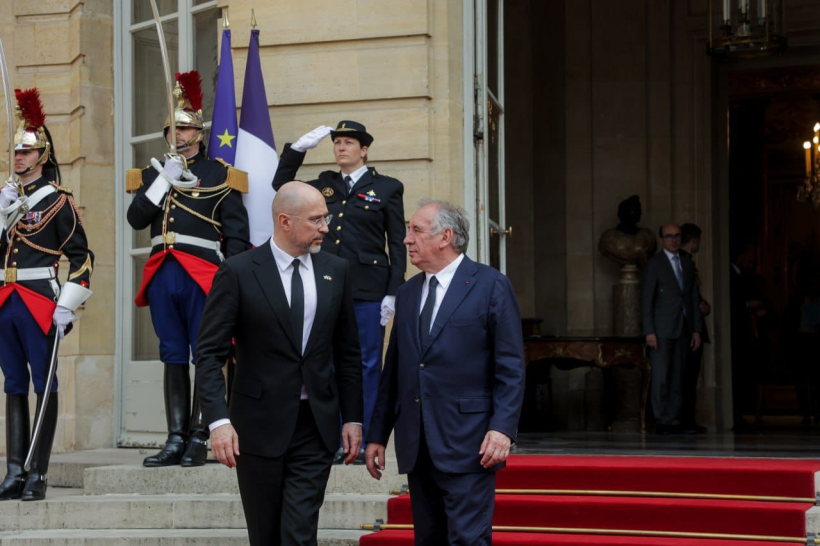By Ukraine Rebuild News Staff
The reconstruction of Ukraine will pass through three distinct phases as fighting in the country gradually winds down and the war likely ends in a “frozen outcome” similar to the tense peace between North and South Korea since 1953, Fitch said in its latest risk study on Ukraine.
“Ukraine's reconstruction will steadily gain momentum while the country is still at war and accelerate rapidly thereafter,” Fitch said. Projected spending on Ukrainian reconstruction dwarfs even the fabled post-World War II Marshal Plan to rebuild Europe, which cost $165 billion in today’s dollars, but “money doesn’t guarantee success,” according to the study.
Estimates of spending on recovery range from the $411 billion estimated by the World Bank in March to the $750 million forecast in Ukraine’s National Recovery Plan to the equivalent of $1.2 trillion forecast earlier this month by Nobel Prize-winning economist Ken Rogoff, who sits on a panel advising Ukraine on economic policy.
The reconstruction today is in what Fitch calls the “damage control” phase amid intense fighting. This phase focuses on urgent repairs of energy and transportation infrastructure and the basic needs of people closest to the war. Eventually, the front lines will grow increasingly static and allow the reconstruction to enter a “stabilisation” phase, the ratings firm said.
In that second phase, “infrastructure repairs gain momentum across the country” and “the availability of insurance against war-related risks rises” while a lack of housing limits the return of many war refugees, Fitch said. In this phase, Ukraine’s lenders will likely face a “debt haircut,” the IMF will push Ukraine to carry out tax reforms and the central bank will take steps to liberalize the local currency, the hryvnia.
As the fighting dies down, the war will turn into a “frozen conflict” and reconstruction will enter the “laying foundations” phase. Housing stock in this phase will became a major focus of reconstruction as more refugees return, and major international partners will likely tie continued financial support to economic reforms targeting “decentralisation, modernisation and liberalisation,” said the ratings agency. The threat of renewed fighting will cast doubt on progress in that phase.
In the end, the heavy manufacturing base of Ukraine will never be fully restored as the country shifts to another export base, and the restoration of the agricultural sector will be slow and uncertain as damage to infrastructure and the extent of land mines become clear. The IT sector, though, will likely represent a “bright spot” for the reconstruction, Fitch says. Even as the Ukrainian economy shrank by 30% during the fighting of 2022, IT sector exports increased 7%.



